Furong Ancient Town Scenic Area is located in Yongshun County, Xiangxi Tujia and Miao Autonomous Prefecture, Hunan Province. Formerly known as Wangcun, it is an ancient town with a history of over 2,000 years and the royal residence where the Xizhou Tujia Chieftain Dynasty originated, carrying the source of the 818-year glorious history of the Tujia Chieftain Dynasty. Covering a total area of 249.7 square kilometers, the town administers 17 villages and 5 communities with a total population of 32,800, among which ethnic minorities dominated by the Tujia people account for more than 80% of the total population. In December 2012, the scenic area was approved as a national 4A-level tourist attraction. Boasting beautiful and unique natural landscapes and distinctive folk customs, it is also known as "the millennium-old town hanging over a waterfall" due to a waterfall flowing through the town.
History and Culture
In the 5th year of Emperor Gaozu of Han (202 BC), Youyang County was first established, with its county seat right here. From 910 AD to 968 AD, this place served as the temporary palace of Chieftain Peng Shichou. In 1986, the renowned director Xie Jin filmed the movie Furong Ancient Town here. With the great success of the film, the town gained widespread fame, and the name "Furong Ancient Town" gradually replaced Wangcun, being officially renamed in 2007.
Furong Ancient Town is a settlement of the Tujia people, with a high proportion of Tujia population. Tujia culture features distinct characteristics. For example, the Xizhou Bronze Pillar, regarded as a sacred object, is an important document for studying the ancient history of the Tujia people. After his defeat, Peng Shichou formed an alliance with Ma Xifan in the 5th year of Tianfu (940 AD), casting a 5,000-jin bronze pillar to inscribe the oath. Today, this period of history has been adapted into film and television works, becoming a window for people to understand the cultural history of the Tujia people.
Intangible cultural heritage (ICH) programs such as Tujia folk dances, Maogusi Dance, Baishou Dance, Daliuzi (a traditional percussion music), and Tujia folk songs are regularly performed in the core scenic area. ICH projects like Tujia brocade weaving and bamboo weaving are also on display. As the essence of Tujia culture, each pattern of Tujia brocade contains a unique story.
The Tujia people have a rich variety of traditional festivals, among which the "Sheba Festival" is the most grand and lively. Dozens of performing arts during the festival, such as Maogusi Dance and Baishou Dance, have been included in the national and provincial intangible cultural heritage protection lists. In addition, local celebrations such as the "Tujia Maogusi Culture Festival", "Baishou Dance Competition", and "Mud Touching Festival" are held to attract tourists and expand the influence of Tujia culture.
Major Attractions
Xizhou Chieftain Square
Known locally as Baishoutang (Baishou Dance Hall), this place was where successive "Chieftains" received guests from various prefectures and performed the Baishou Dance. It is an important cultural activity venue for the Tujia people, carrying rich ethnic cultural connotations.
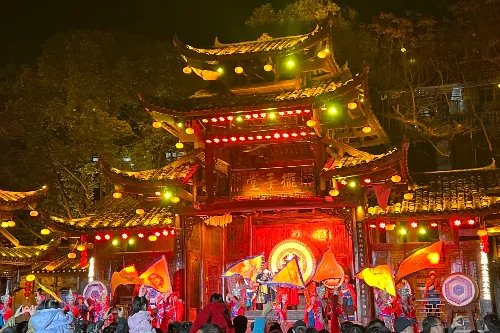
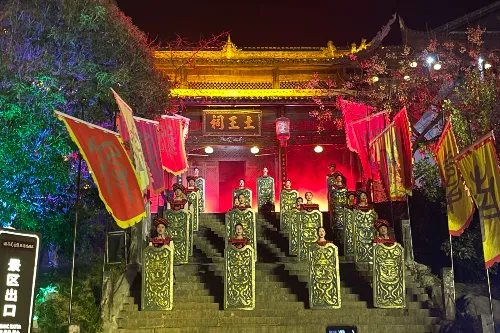
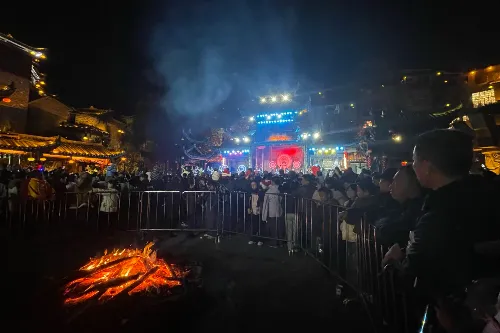
Xizhou Bronze Pillar Garden
The Xizhou Bronze Pillar in the garden is a powerful historical witness to the chieftain culture. In 939 AD, after more than a year of the Xizhou War, King Ma Xifan of Chu and Chieftain Peng Shichou made peace, casting a 5,000-jin bronze pillar to mark the boundary. Today, the bronze pillar quietly tells the history of the past, allowing tourists to feel that magnificent era.
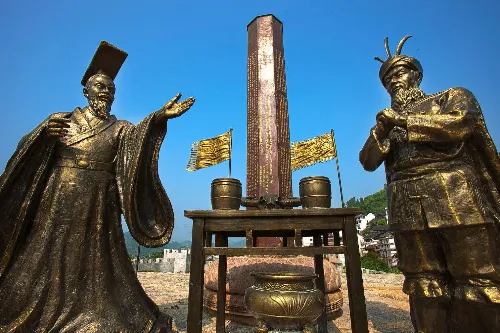
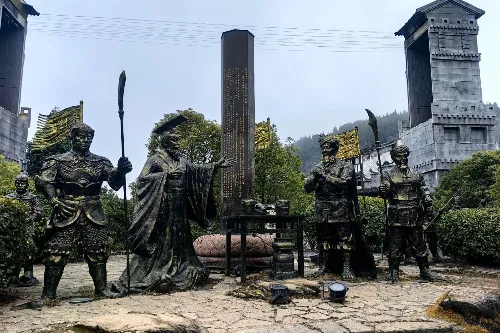
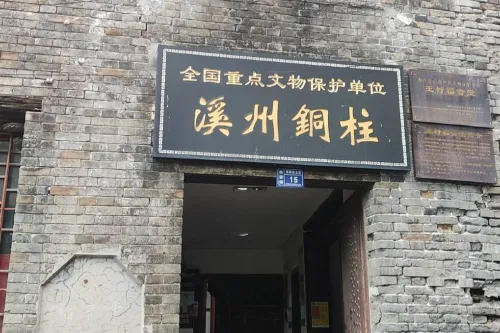
Tuwang Bridge
As part of the scenic area, Tuwang Bridge features a unique architectural style, connecting different areas of the ancient town. It not only facilitates the travel of residents and tourists but also serves as a distinctive scenic spot itself, witnessing the daily life and historical changes of the ancient town.
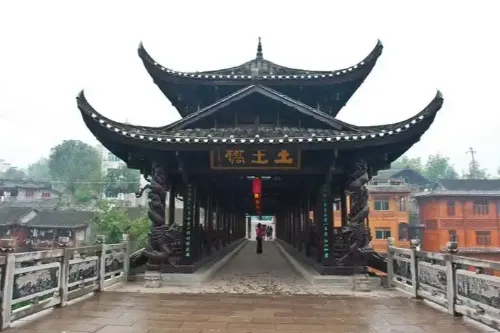
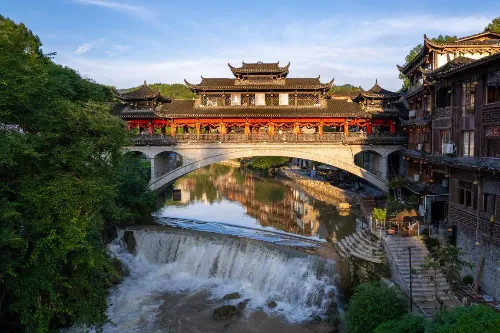
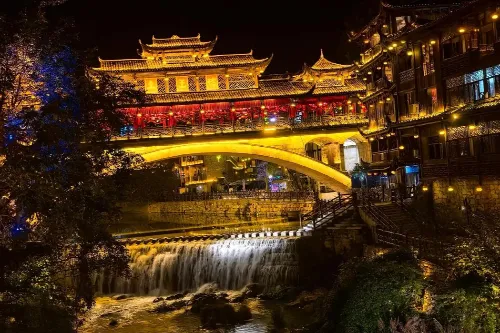
Tuwang Temporary Palace
Originally built as a summer resort for successive chieftains, the preserved palace dates back to the Ming Dynasty, with a history of over 400 years. Nestled against mountains and rivers, standing on a cliff, the palace is surrounded by natural landscapes such as the "Water Curtain Cave" below. Beside the palace, there are poems and calligraphy works left by celebrities like Tang Bohu and Shen Congwen. It also includes a singing stage for Song Zuying, a teahouse where Liu Xiaoqing tasted tea and admired the waterfall, and outdoor shooting locations for films and TV dramas, full of historical and cultural charm.
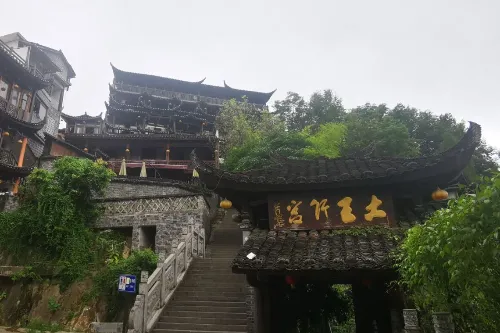
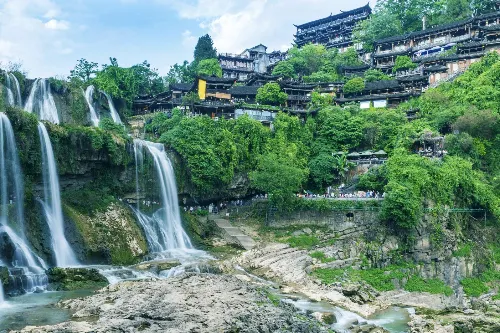
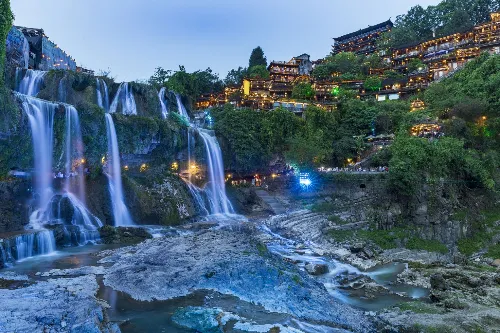
Furong Ancient Town Waterfall
As the largest and most spectacular waterfall in Xiangxi, it is 60 meters high and 40 meters wide, cascading down the cliff in two stages. During the flood season, the waterfall is majestic, as if pouring down from the nine heavens, with its roaring sound audible within ten miles. Under the sunlight, the waterfall shimmers like bright pearls, with mist pervading the air, resembling a fairyland.
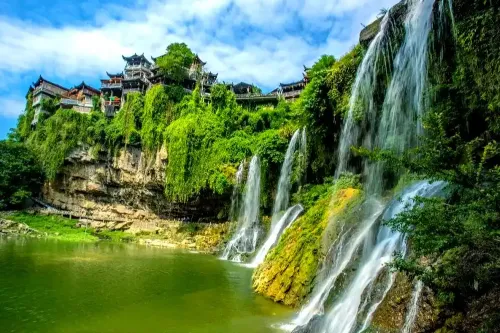
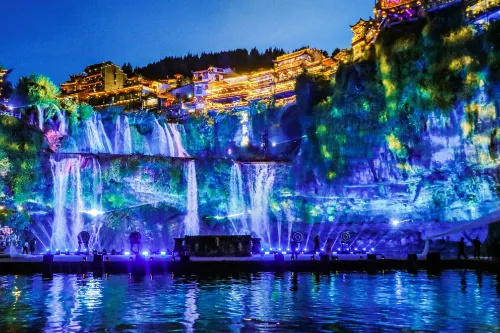
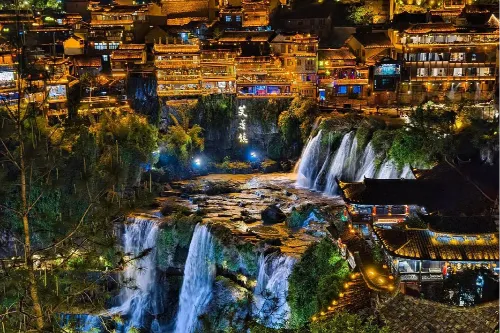
Wangcun Wharf
First built during the Qin and Han dynasties, Wangcun Wharf became the most prosperous commercial wharf in Yongshun Prefecture during the Ming and Qing dynasties, serving as the import and export hub for land and water goods. Mr. Shen Congwen once praised it as "the most beautiful and exotic wharf with mountains, rivers, woods, and stones in the Baihe River". The wharf has witnessed the important status of the ancient town in commercial and trade exchanges and reflects its history of prosperity driven by water transportation.
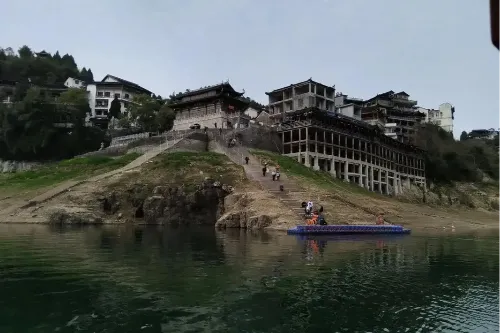
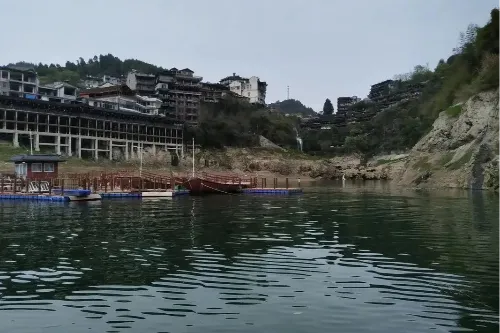
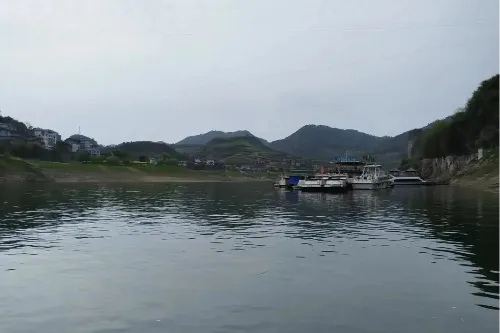
Five-Li Stone Slab Street
Sloping upward from the banks of the Youyang River, it is composed of 25 large steps and 308 small steps, like a long ladder leaning against the slope, extending to Wulipai. As the best-preserved ancient stone slab street in Hunan, it is flanked by plank-door shops and Tujia stilted buildings. The movie Furong Ancient Town was filmed here. Today, the street is lined with shops, full of the hustle and bustle of daily life, witnessing the thousands of years of historical changes of the ancient town.
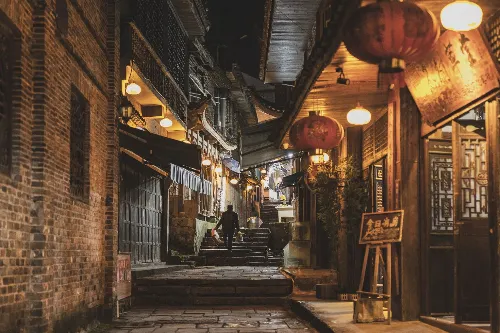
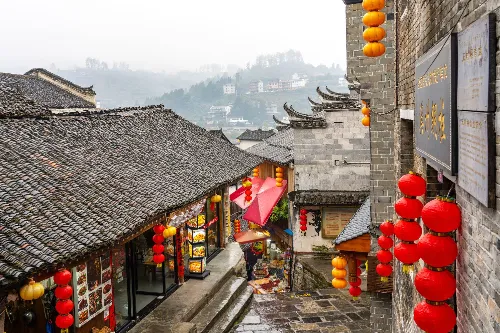
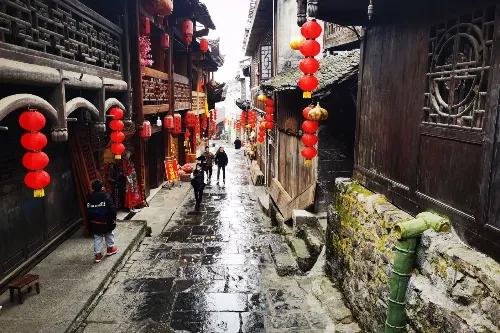
Travel Route
After entering the scenic area from the entrance, walk along Five-Li Stone Slab Street, admire the Tujia stilted buildings and various shops on both sides of the ancient street, and feel the hustle and bustle of the ancient town. Then head to Xizhou Bronze Pillar Garden to learn about the history and culture of the Tujia people. Next, visit Tuwang Temporary Palace to appreciate its unique architectural style and historical charm. Afterwards, go to the waterfall to enjoy the spectacular scenery. Later, you can visit Wangcun Wharf to experience the former glory of the commercial wharf. Finally, proceed to Xizhou Chieftain Square to immerse yourself in the cultural atmosphere of the Tujia people. If time permits, you can stay longer in the ancient town to enjoy the night view and watch the folk performances in the scenic area.
Travel Tips
- You can choose to enter the scenic area in the evening. First, admire the simple and elegant style of the ancient town during the day. When night falls, enjoy the brilliant night view of the waterfall and the ancient town with the lights turned on, and experience the charm of different times.
- Learn about the cultural customs and historical background of the Tujia people in advance to better understand the attractions and folk performances in the scenic area and enhance your travel experience.
- Participate in the folk activities in the scenic area, such as watching ICH performances like Tujia Maogusi Dance, Baishou Dance, and Daliuzi, to deeply experience the local ethnic culture.
- Allocate sufficient time to wander around Five-Li Stone Slab Street, taste local specialties, and select Tujia-style handicrafts as souvenirs.
Notes
- Abide by the opening hours of the scenic area, arrange your travel itinerary reasonably, and avoid delaying your visit.
- Protect the environment in the scenic area, do not litter, and preserve the simple style and natural environment of the ancient town.
- Pay attention to safety when viewing the waterfall. Do not approach dangerous areas to avoid being splashed by water or encountering accidents.
- Pay attention to prices when purchasing souvenirs and tasting food to avoid unnecessary disputes.
- When encountering local folk activities, respect the local customs and cultural traditions, and do not disturb or behave improperly.
Transportation
- High-Speed Railway: With the opening of the Zhangjihuai High-Speed Railway, Furong Ancient Town has entered the high-speed rail era. You can take the high-speed rail to Furong Ancient Town Station.
- Bus: You can take a minibus to Furong Ancient Town from Zhangjiajie Bus Terminal (next to Zhangjiajie Railway Station) or Jishou North Bus Station (next to Jishou Railway Station). There are also buses available from Guzhang and Yongshun.
Opening Hours
The scenic area is open from 07:30 to 23:59. Subject to the actual opening hours of the scenic area.
Ticket Information
The ticket price is 108 yuan per person.
You can search for the official WeChat public account "湘西芙蓉镇旅游" to get the latest updates or buy tickets online.
Online Booking
Click here to jump to the Trip.com ticketing platform for ticket purchase.


